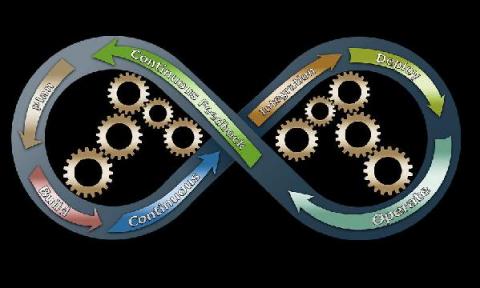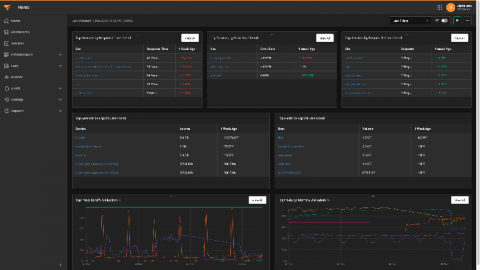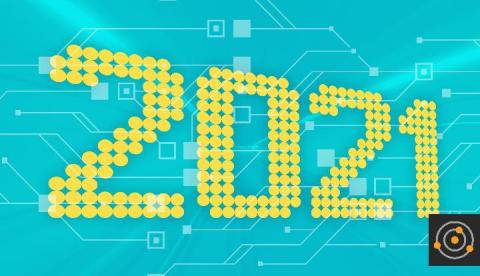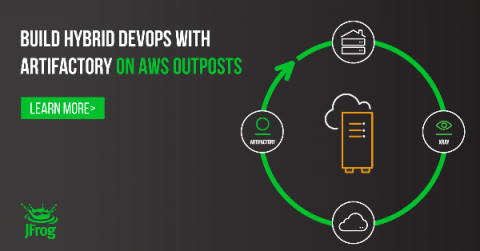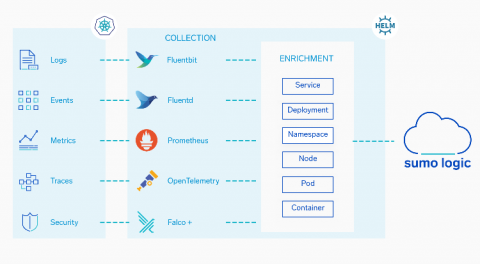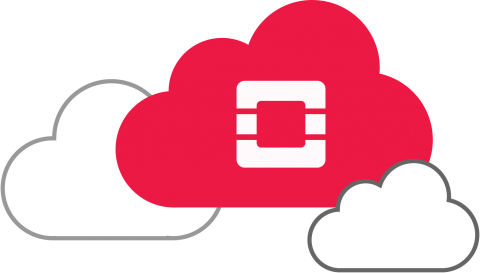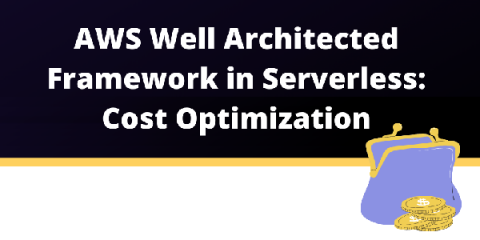Operations | Monitoring | ITSM | DevOps | Cloud
Blog
10 Tips for Increasing Operational Efficiency
Operational efficiency is crucial to the success of your company. Improving efficiency is a combined effort of measuring and refining processes, employees, technology, and financials. The goal is the continual improvement of these aspects to maintain and increase your business’s operational efficiency. Do you want to learn more about enhancing your operational efficiency? Check out StartingPoint, the platform for customer success and service management!
Monitor Applications Running in DigitalOcean Droplets
2021: The Year We May Be Able to Predict
Building AWS Outposts? Bring Artifactory and Xray DevOps Tools
Onboard your tracing data to Sumo Logic even faster with AWS OpenTelemetry distro (preview)
Splunk Infrastructure Monitoring is AWS Outposts Ready
We are excited to announce that Splunk Infrastructure Monitoring has achieved Outposts Ready designation. This designation recognizes that Splunk provides proven solutions for customers to build, manage and run hybrid cloud applications. AWS Outposts Ready designation establishes Splunk as an AWS Partner Network (APN) member that provides validated integrations with a specific focus on observability and monitoring of AWS Outposts deployments.
Nexthink Engage: a new look & feel
Nexthink Experience 2020.5, the latest product release, introduced a wide range of exciting new features for our customers—from additional Nexthink Act capabilities to Experience Optimization UX improvement. You can find out more on our product documentation page. But one feature we’re thrilled about and just can’t wait for our customers to discover is the new Nexthink Engage User Interface.
Forecasting the future of cloud with OpenStack experts
OpenStack, the cloud computing platform, has proved to be a beacon of success for open source. It rounds off 10 years in existence this year, a period which has seen it reach nearly 200 countries, and we want to look ahead to what the future holds for the technology.
AWS Well Architected Framework in Serverless: Cost Optimization
This is part four of the “Well-Architected Serverless” series. In this post, we’ll talk about the Cost Optimization (COST) pillar of the Well-Architected Framework (WAF). Part 1: Security Part 2: Operational Excellence Part 3: Reliability The COST pillar concerns itself with the money you spend on your cloud infrastructure. It’s important to think about your system’s cost because, in reality, the perfect system won’t be used simply because it’s too expensive.



